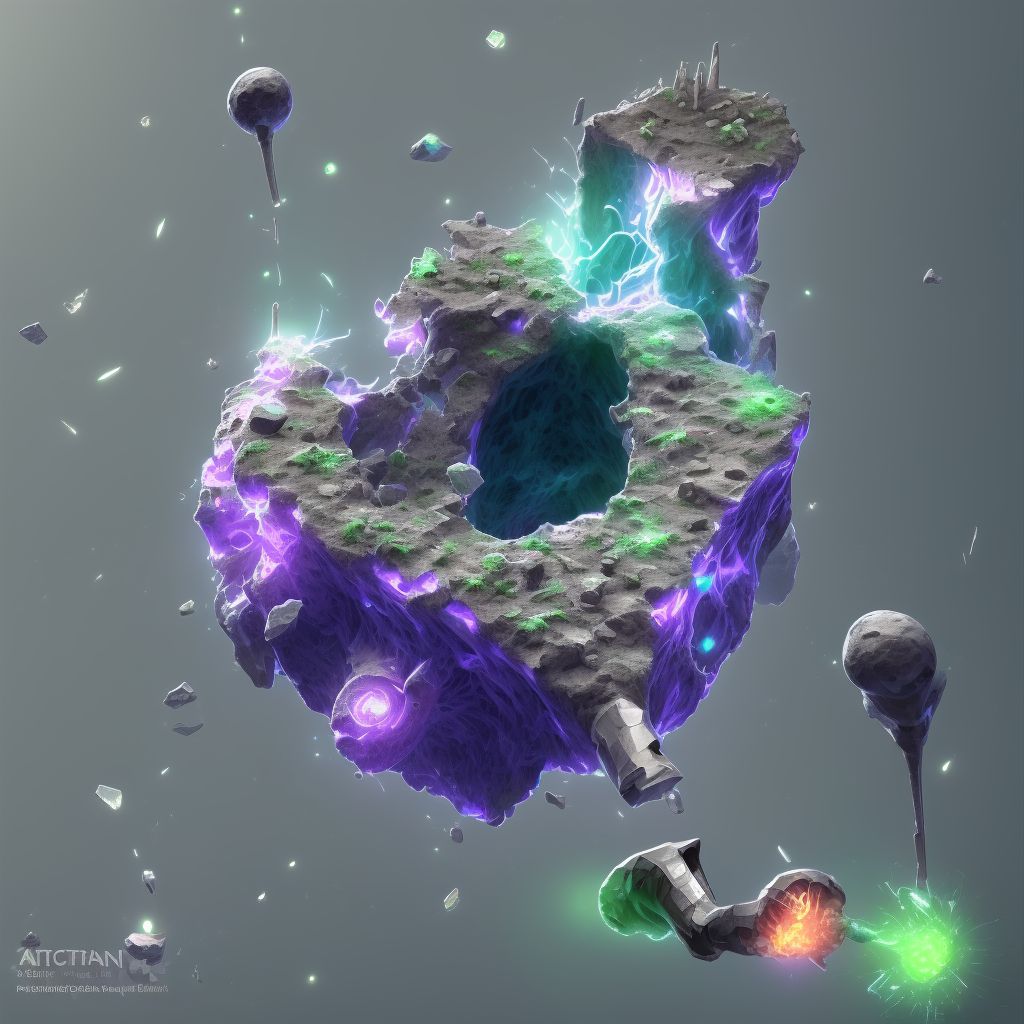
Nondisplaced comminuted fracture of shaft of left tibia, subsequent encounter for open fracture type IIIA, IIIB, or IIIC with nonunion Save
ICD-10 code: S82.255N
Disease category: S82.255: Nondisplaced comminuted fracture of shaft of left tibia
Nondisplaced Comminuted Fracture of Shaft of Left Tibia: Understanding Open Fracture Types IIIA, IIIB, or IIIC with Nonunion
Fractures are a common injury, and one specific type that can occur is a nondisplaced comminuted fracture of the shaft of the left tibia. While this injury can be quite serious, it can become even more complicated if it progresses to an open fracture type IIIA, IIIB, or IIIC with nonunion. In this article, we will explore these different fracture types and provide some information about their characteristics.
- Open Fracture Type IIIA: This type of fracture involves an open wound smaller than 10 cm in length, which is caused by the bone's sharp ends. It may also involve minimal contamination or damage to surrounding tissue.
- Open Fracture Type IIIB: Type IIIB fractures are associated with extensive soft tissue damage, including periosteal stripping, degloving, or high-energy injuries. These fractures often require surgical intervention to repair the damage.
- Open Fracture Type IIIC: Type IIIC fractures are the most severe and complex. They involve extensive soft tissue damage, including arterial injury, which requires immediate medical attention. These fractures often lead to significant complications and pose a high risk of limb loss.
When a nondisplaced comminuted fracture of the shaft of the left tibia progresses to an open fracture type IIIA, IIIB, or IIIC with nonunion, it means that the fracture has not healed properly and the bone ends have not fused back together. Nonunion can occur due to various factors, such as poor blood supply, infection, or inadequate immobilization.
It is vital to seek medical attention for these types of fractures as they require specialized care. Treatment may involve surgery to clean the wound, repair damaged tissues, and realign the fractured bone ends. The goal is to promote proper healing and restore functionality to the affected limb.
While we haven't discussed treatment options in this article, it is important to emphasize that a healthcare professional should evaluate and provide appropriate treatment based on the severity and specific characteristics of the fracture.
In conclusion, a nondisplaced comminuted fracture of the shaft of the left tibia can lead to open fracture types IIIA, IIIB, or IIIC with nonunion. Understanding the characteristics of these fracture types is crucial for proper diagnosis and treatment. If you or someone you know experiences such a fracture, it is essential to consult with a medical professional to receive appropriate care and ensure the best possible outcome.
Treatment of Nondisplaced comminuted fracture of shaft of left tibia, subsequent encounter for open fracture type IIIA, IIIB, or IIIC with nonunion:
Treatment Options for Nondisplaced Comminuted Fracture of the Shaft of Left Tibia, Subsequent Encounter for Open Fracture Type IIIA, IIIB, or IIIC with Nonunion
Dealing with a nondisplaced comminuted fracture of the shaft of the left tibia, subsequent encounter for open fracture type IIIA, IIIB, or IIIC with nonunion can be challenging. However, there are several treatment options ...
To see full information about treatment please Sign up or Log in